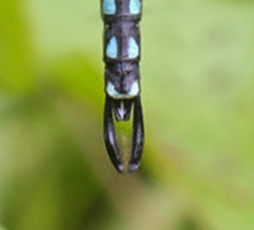The spotty ones!
Hawkers are large and long, robust dragonflies.

- Common Hawker male 9. Migrant Hawker male
- Common Hawker female blue form 10. Migrant Hawker female
- Common Hawker female yellow form 11. Southern Migrant Hawker male
- Hairy Dragonfly male 12. Southern Migrant Hawker female
- Hairy Dragonfly female 13. Azure Hawker male
- Southern Hawker male 14. Azure Hawker female blue form
- Southern Hawker male blue form 15. Azure Hawker female brown form
- Southern Hawker female
Key Features of Southern Hawker (Aeshna cyanea)
Are there bands of colour, instead of just spots, at the tip of the abdomen?

Often seen at garden ponds and lakes in England & Wales.
Look for the prominent ‘headlight’ shoulder markings too.

Key Features of Hairy Dragonfly (Brachytron pratense)
Are the spots on the abdomen small and tear-shaped?

This is an early-season species
Are the appendages at the tip of the abdomen long and is the dragonfly small for a hawker?

Key Features of Common Hawker (Aeshna juncea)
Uncommon in lowland areas; most frequent in the north and west.
Look at the top of the abdomen just behind the wings. Are there coloured bands both above and below the small triangle markings?

Yellow costa (leading wing vein).

Key Features of Migrant Hawker (Aeshna mixta)
A migrant and resident species. Common at lakes, especially in the South.
Look at the top of the abdomen just behind the wings. Is there only one coloured band below the small triangle markings?

This is a summer and autumn flying species, smaller than Common and Southern Hawker.
Key Features of Southern Migrant Hawker (Aeshna affinis)
Recent colonist in south-east; still very localised in distribution.
If male, is it very blue with blue eyes?

If female, look carefully to separate this species from other similar hawkers.
The most important feature in both sexes is the virtually plain green or blue-green side to the thorax. All other spotted hawkers have stripes or blocks of colour here.

Key Features of Azure Hawker (Aeshna caerulea)
Are you in Scotland? If so there is a further rare species to consider. Male Azure Hawkers are very blue, and both sexes are similar to Southern Migrant Hawker. At present the distributions of these two species are very different, with Azure Hawker only found in Scotland and Southern Migrant Hawker colonising southern England and Wales.
Azure Hawkers have thin wavy lines on the side of the thorax instead of plain, almost unbroken colour.

Images
1: Male Common Hawker (by Dave Smallshire). 2: Female Common Hawker blue form (by Roger Butterfield). 3: Female Common Hawker yellow form (by S.Rae). 4: Male Hairy Dragonfly (by Mark Robinson). 5: Female Hairy Dragonfly (by Dave Smallshire). 6: Male Southern Hawker (by David Kitching). 7: Male Southern Hawker blue form (by Gareth William Tonks). 8: Female Southern Hawker (by Ian Worsley). 9: Male Migrant Hawker (by Steve Plume). 10: Female Migrant Hawker (by Derek Parker). 11: Male Southern Migrant Hawker (by Tim Caroen). 12: Female Southern Migrant Hawker (by Robert Geerts). 13: Male Azure Hawker (by Paul Ritchie). 14: Female Azure Hawker blue form (by Bob Eade). 15: Female Azure Hawker brown form (by Mike Averill).
Title image: Female Norfolk Hawker by Dave Smallshire
